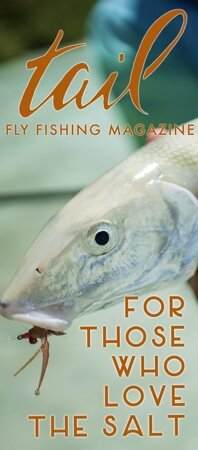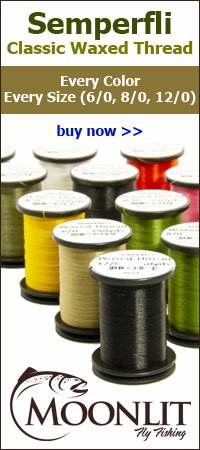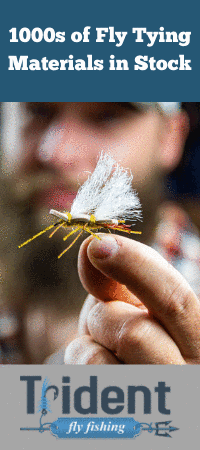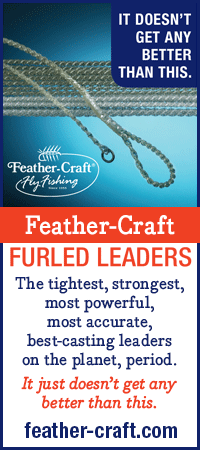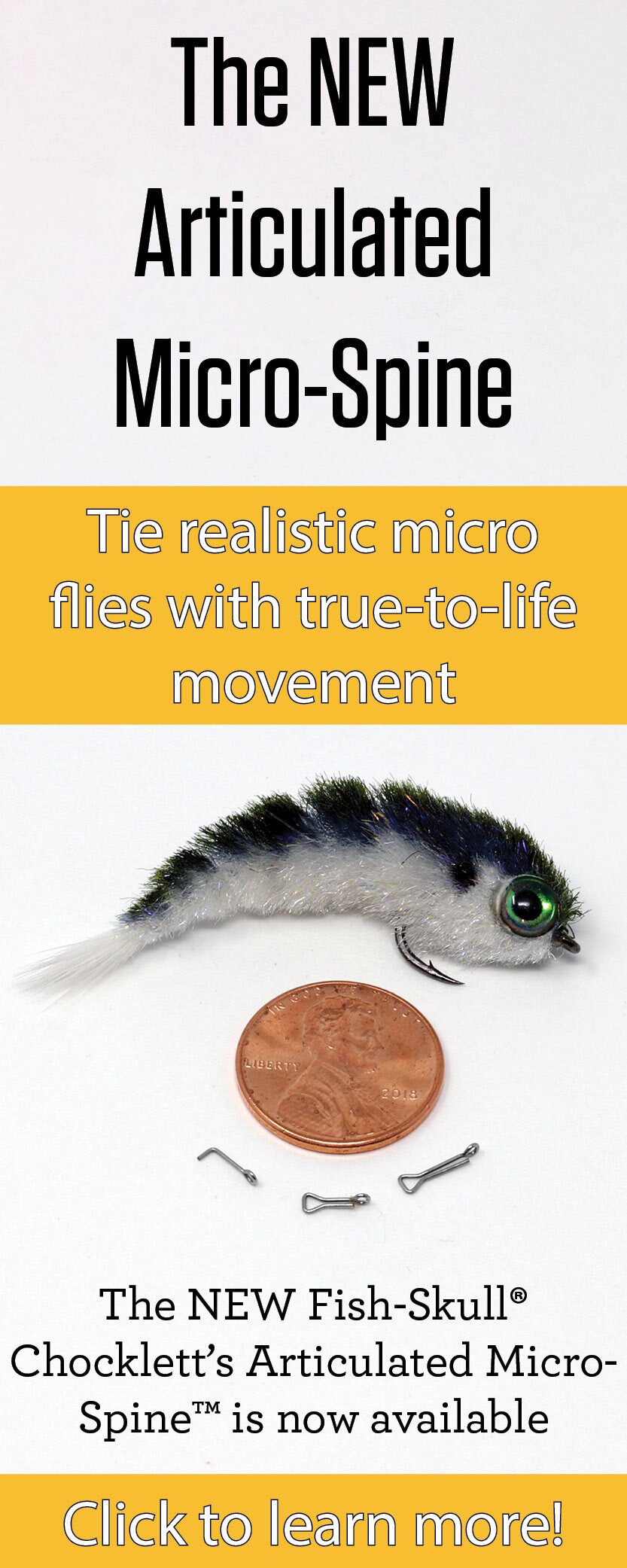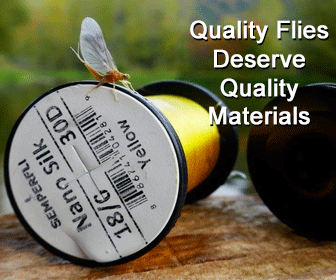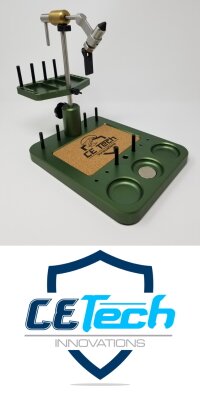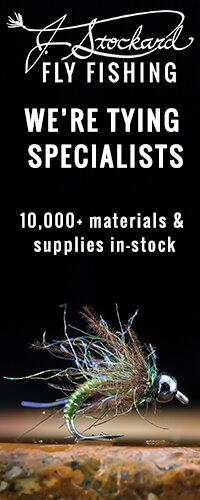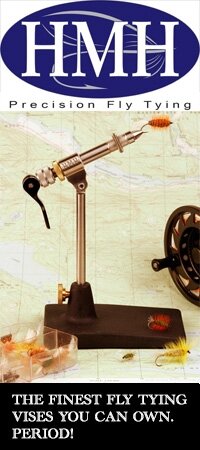 Mike Exl found Wildcat Creek Outfitters while attending Purdue University in Lafayette, Indiana. He would hang out in the shop all of the time, basically being a shop rat. They figured since he was already there all of the time they might as well give him a job, so they did.
Mike Exl found Wildcat Creek Outfitters while attending Purdue University in Lafayette, Indiana. He would hang out in the shop all of the time, basically being a shop rat. They figured since he was already there all of the time they might as well give him a job, so they did.
Mike has been fly fishing since he was very young and fly tying since the age of 14. His older brother was into it, so this peaked Mike’s interest. He grew up fishing for steelhead, panfish, and bass on private lakes, the Calumet River, and Salt Creek in Northwest Indiana near Crown Point.
He is now a guide and store manager for Wildcat Creek Outfitters in Zionsville, Indiana. He teaches fly tying classes for the store. The classes are beginner based to build skills and then teaches them to tie targeting a specific species. He will also teach new fly tying techniques as they are introduced in the industry.
His fly tying is heavily inspired by Kevin Feenstra, a guide in West Michigan near the Muskegon River. This type of tying uses a lot of Flashabou or flash. There are many patterns that use Australian possum. Adding a lot of material is common too. Mike uses these patterns to target both steelhead and smallmouth bass.
 Mike also works with the founder of the shop, Chad Miller on various patterns. Mike says that Chad will take many seasons to perfect a pattern. For example, maybe the fly pushes a lot of water, but it may add too much bulk to the fly, so adjustments are needed.
Mike also works with the founder of the shop, Chad Miller on various patterns. Mike says that Chad will take many seasons to perfect a pattern. For example, maybe the fly pushes a lot of water, but it may add too much bulk to the fly, so adjustments are needed.
Catching literally hundreds on a fly, Mike is well experienced when it comes to fishing for carp. He says that some people want to throw a fly that is too large. Two to three inches is too long. A fly on a size 8 or 10 hook that is about an inch and a half in length works the best. Mike says that Dave Whitlock’s rubber legged squirrel nymph is on of the most productive patterns he use’s when fishing for carp.
The key to carp fishing is sight fishing. Then you want to get the fly in front of their face. Carp can be difficult, he states. Sometimes carp will just ignore your fly and they are easily spooked. It could be something as simple as having a little too much weight on the fly that makes a bigger splash. So you should work on minimizing your splash.
A slow decent helps with better hookups. So be mindful when creating a carp fly and work on its decent in the water. Mcfly foam is a good material to use with its natural colors and the fact that it holds air which makes it sink slow.
 Streamers are Mike’s favorite flies to tie because he feels it allows him more creativity. He likes to use a size 2 to 4, 3x long hook when tying for steelhead and smallmouth. But steelhead streamers are definitely his passion. The feeling he gets while swinging for steel is simply amazing.
Streamers are Mike’s favorite flies to tie because he feels it allows him more creativity. He likes to use a size 2 to 4, 3x long hook when tying for steelhead and smallmouth. But steelhead streamers are definitely his passion. The feeling he gets while swinging for steel is simply amazing.
I feel lucky to have Mike so close to home here in Indiana. I’ll be heading up around Zionsville soon and will be heading to the Indiana on the Fly fly fishing show in January where I plan to chat with Mike and hopefully pickup up a thing or two!
The photos above are in order of the recipes listed below.
Fly #1 Egg Sucking Leech
Hook: sz. 1 stinger hook
Shank: 35mm from Flymen Fishing Company
Tail: purple marabou
Body: purple Ice Dub and UV copper Polar Chenille
Hackle: barred wood duck
Head: chartreuse Ice Dub
Fly #2 Wildcat Streamer (Mike Exl version)
Hook: sz. 6 TMC 8089
Tail: rabbit zonker natural
Body: natural cross-cut rabbit and uv copper Polar Chenille
Eyes: medium pearl lead eyes
Head: copper and uv pearl Ice Dub
Fly #3 Mike’s Sculpin
Hook: sz. 2 TMC 9395
Tail: Tiger Barred rabbit strip
Body: tan Ice Dub Chenille and olive schlappen
Collar: tan mallard flank
Flash: perch holographic Flashabou
Head: Australian possum


